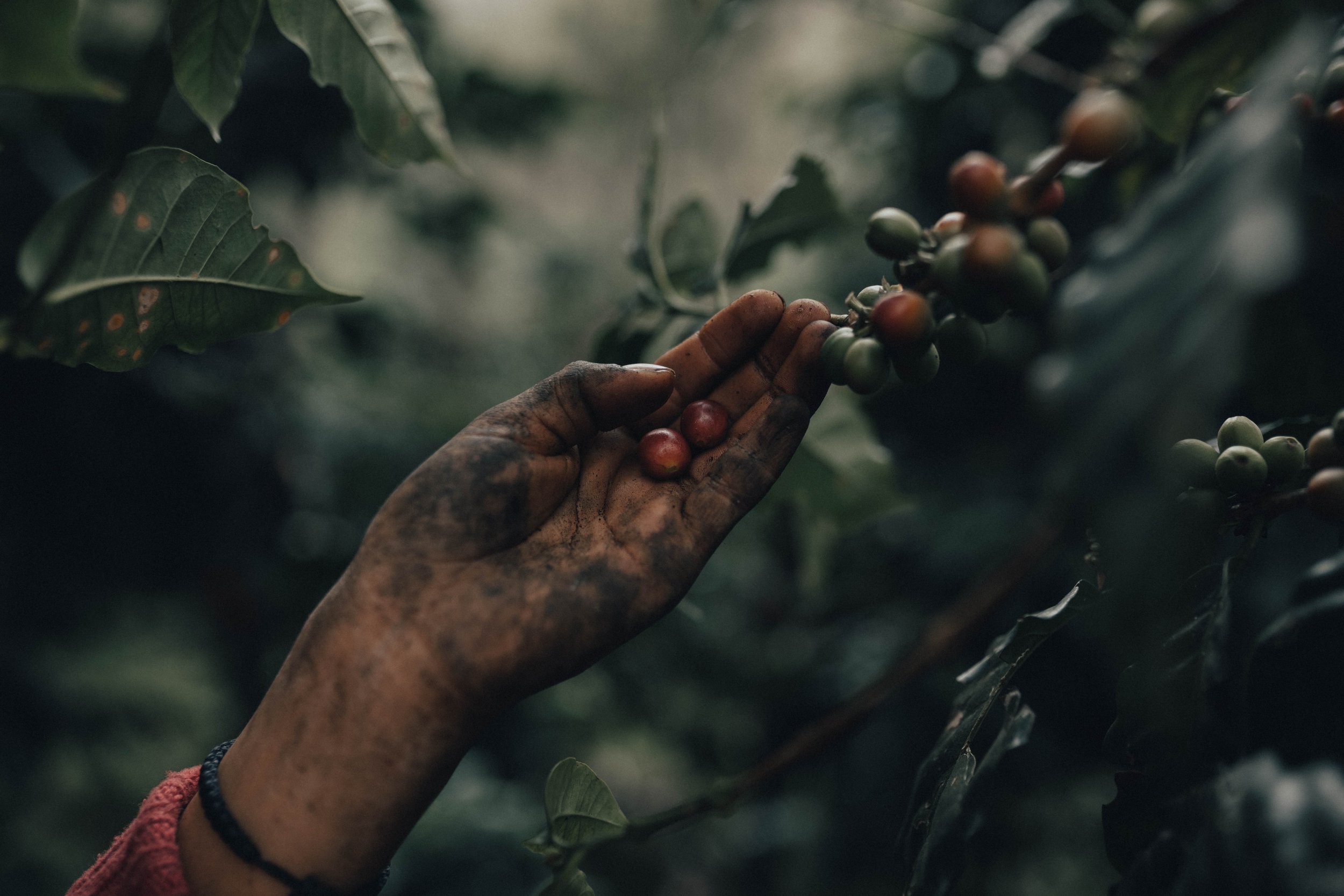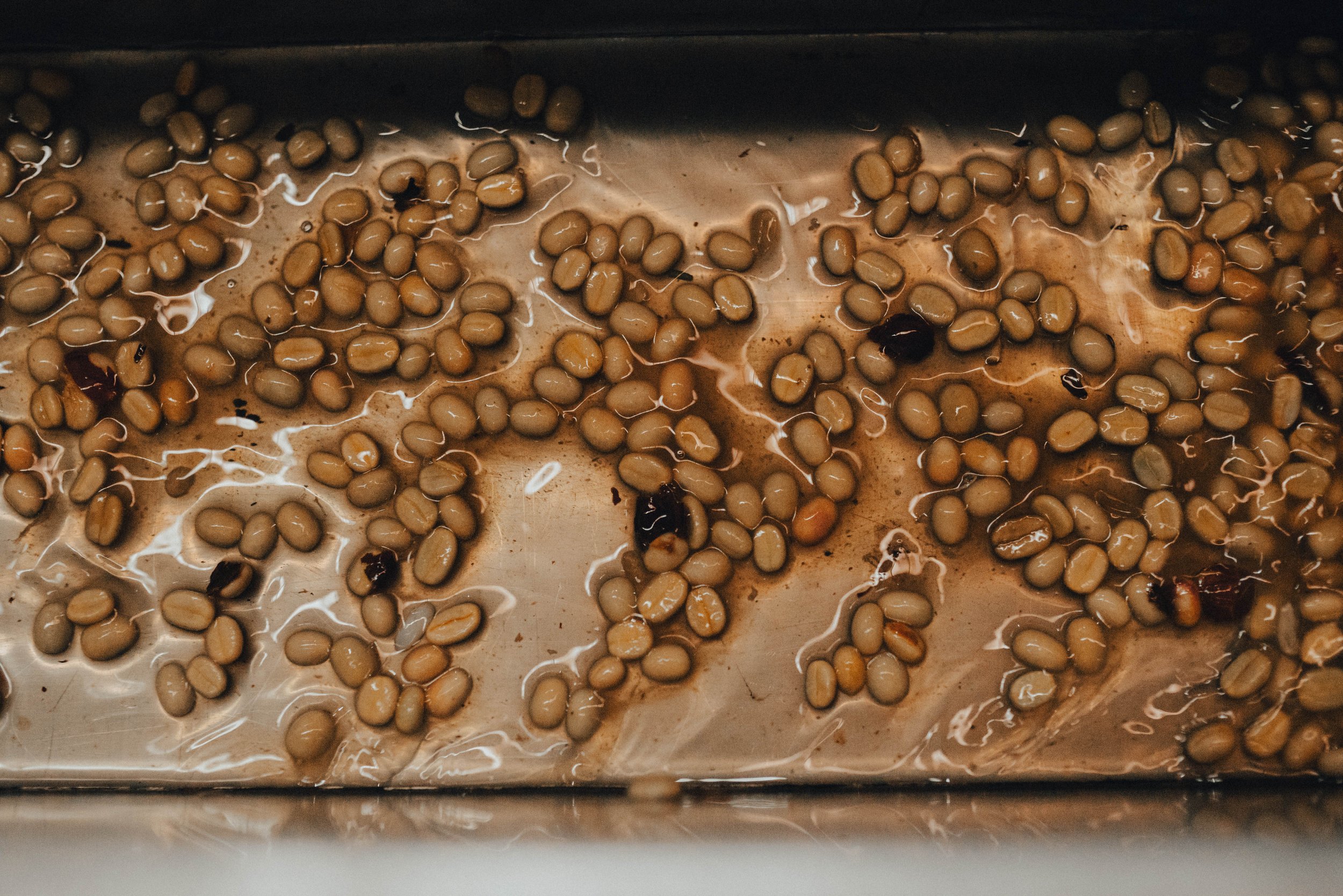Proud of
our origins
We work with family farms, small cooperatives, and independent producers who care above all about doing things well. Our small-lot roasted blends and single origin offerings intertwine with the lives of the farmers and roasters that craft Method’s brew.
COFFEE PROCESSING
Method works with producers from around the world who use three main processing methods to draw out the subtle of each coffee. Together with the soil, altitude, and other growing conditions, the method used to process the beans after harvest is one of the key factors that determines the character and quality of the coffee before roasting.
① NATURAL/DRY
This process is the most traditional method of processing coffee. The process of drying coffee cherries in the sun originated in places without reliable access to water and works best in areas with low humidity and rain. After being picked from the tree, the cherries are spread out to dry in the sun. The drying stations can be different depending on the farm or region; some use brick patios while others use special raised beds which enable air to flow around the cherries for better drying. To avoid mould, fermentation or rotting, the cherries are turned regularly. Once properly dry, they are sent to mills that separate or “hull” the seeds from the dried fruit. The green coffee is stored and “rested” before export.
② WASHED/WET
In the washed process all of the fruit flesh is removed mechanically from the coffee beans with a machine called a depulper before they are dried. After depulping the beans are placed in a water tank where fermentation will remove any remaining fruit. Fermentation time depends on climate and altitude (for example, taking less time in hotter regions), but will usually be complete after 24-72 hours. If the beans are fermented for too long, it will ruin the balance of flavor. After the fermentation is complete, the coffee beans are washed to remove leftover flesh and then are ready to be dried. Drying in the washed process is done as in natural process on brick patios or raised beds. In regions with insufficient light or excess humidity, the beans can be mechanically dried.
③ HONEY
“Honey” or “Miel” processing is a new technique becoming more popular in Central America which produces coffee with a lower acidity than the one’s of the natural or washed process. Honey processing involves stripping the skin and outer layer of fruit immediately after picking and then drying them with the residual fruit, a sticky (“honey”) layer called “mucilage” still clinging to the seed. Depending on the farmer’s desired outcome, they may leave more fruit on the beans and extend the dry times for results similar to fermenting, or they may strip off more fruit and then rinse the beans in spring water, speed up dry times, and get a product much like the Washed Process. Honey Processing allows for an approximation of the interesting characteristics of Natural coffees with a lower risk of mold and over-fermentation and a slightly shorter dry time.






